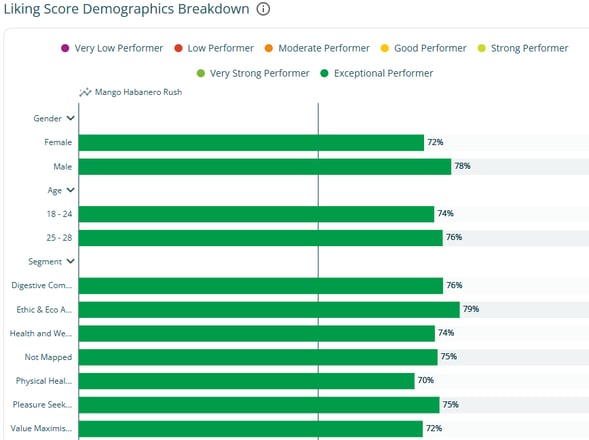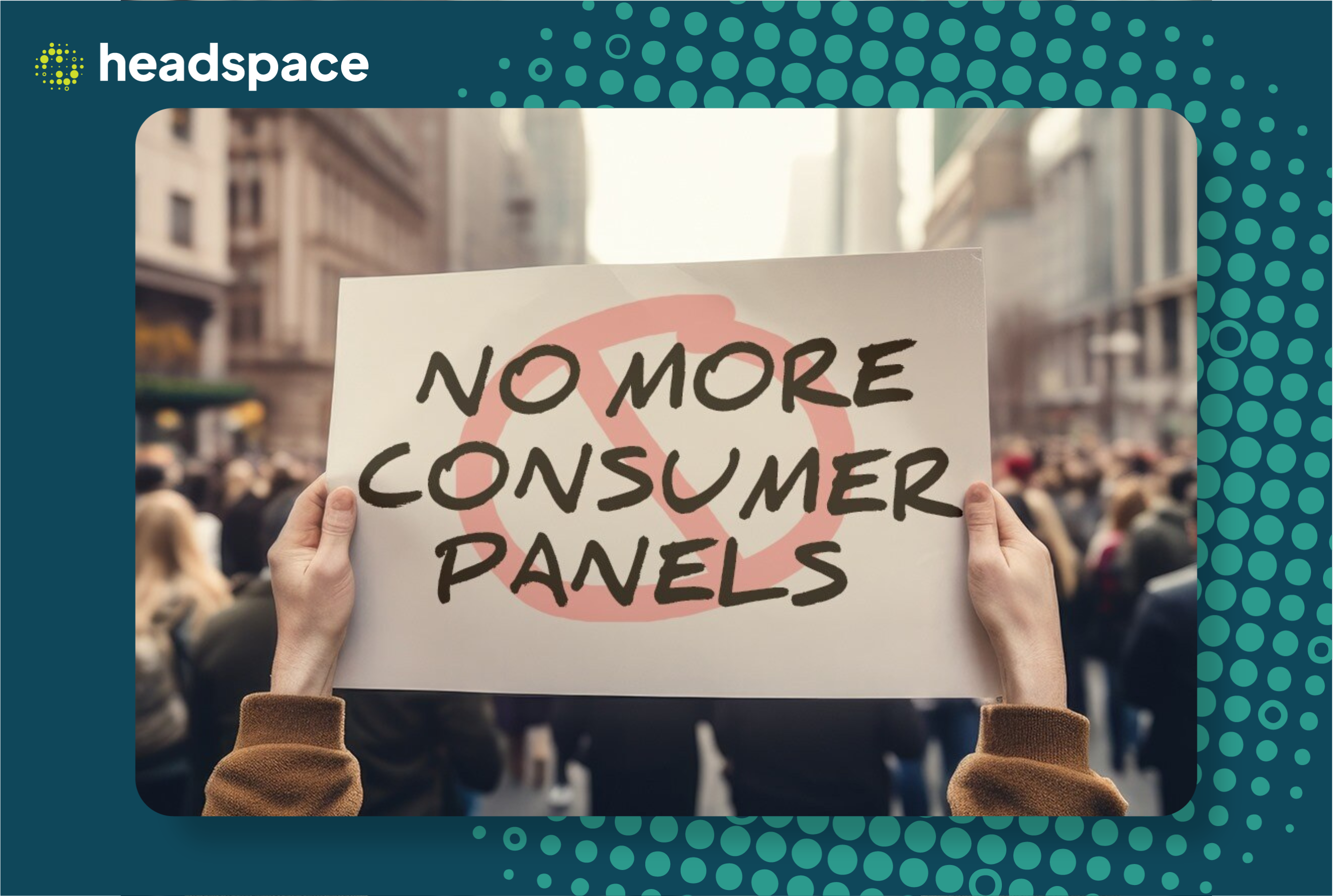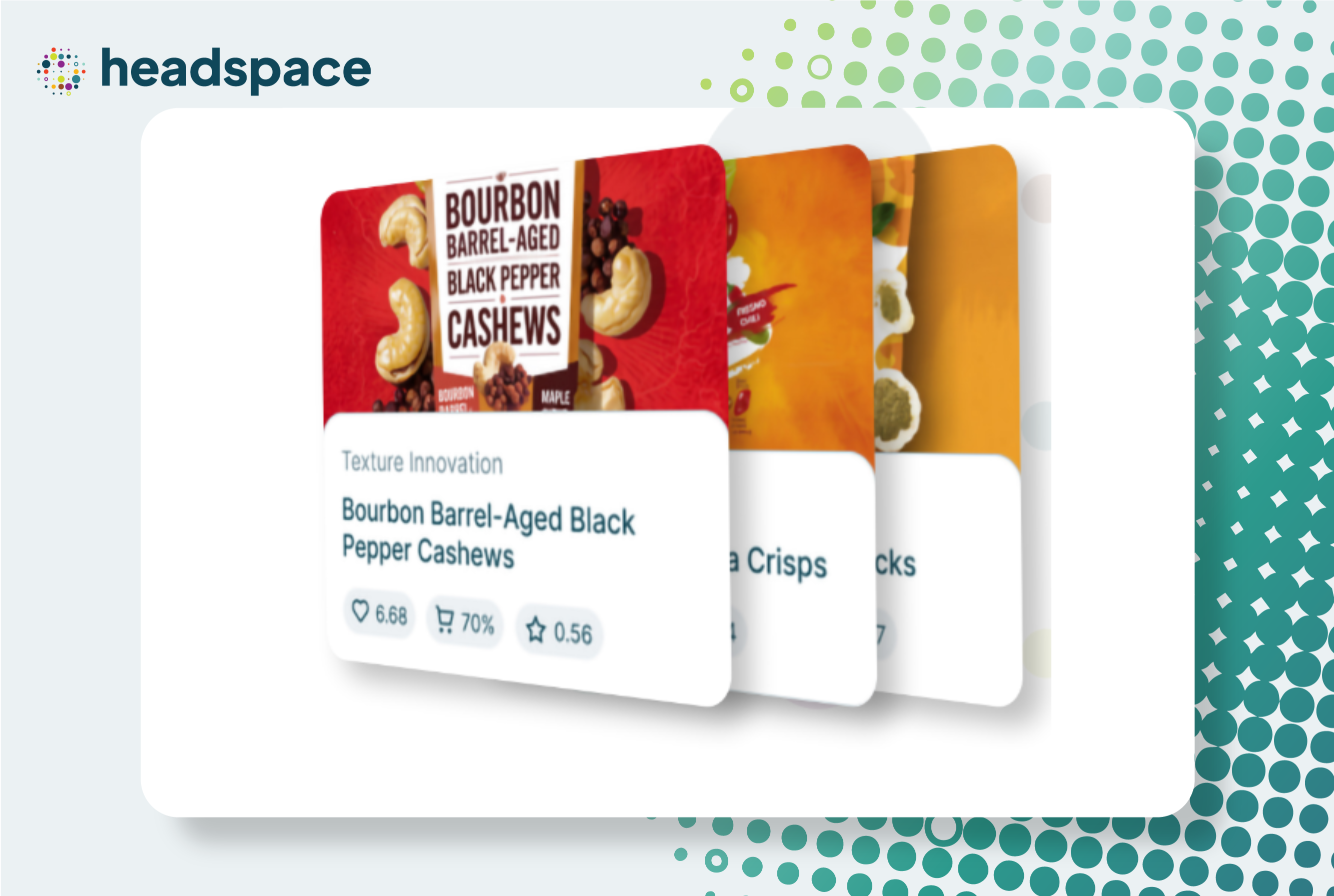Goodbye consumer panels: The smarter, faster way to predict what shoppers really want
Touted as the first new permanent flavor addition to Coca-Cola's North American lineup in three years, Coke spiced was designed to appeal to younger...
2 min read
![]() Headspace by Foodpairing
:
Apr 29, 2025 7:45:00 AM
Headspace by Foodpairing
:
Apr 29, 2025 7:45:00 AM
.png)
Ever felt like you're stuck in 2005 with your product testing? You're not alone! For decades, Central Location Tests (CLTs) have been the go-to method for consumer validation in product development.
But with innovation cycles speeding up and consumer preferences constantly shifting, many R&D and marketing teams in CPG are asking a crucial question: Are CLTs still the best we can do?
Before we dive into what’s broken, let’s recognize what works. Consumer tests and focus groups remain valuable tools—especially when used strategically and supplemented with more agile, modern approaches.
Strengths of consumer tests and focus groups
That said, traditional methods come with inherent limitations—and that’s where digital innovation steps in.
Despite their historical role, CLTs are struggling to keep up with the speed and scale of modern product development.
Key Challenges with CLTs
In today’s competitive CPG landscape—where 85% of new products fail within 12–18 months—these gaps are no longer acceptable.
Leading CPG companies are shifting toward modern consumer testing methods that are faster, scalable, and more data-driven.
What's changing?



Innovation isn't about throwing out the old—it's about leveling up. Qualitative research is valuable for product innovation. But knowing when to use it—and how to augment it with scalable solutions, is even more valuable.
The smartest innovation teams today combine the best of both worlds:
This approach enables consumer-driven innovation that minimizes risk, increases accuracy, and accelerates time to market .
CLTs aren't inherently ineffective—they’re just no longer enough on their own. If you're leading marketing, insights, or R&D in CPG, you need tools that match the pace and precision of modern innovation.
Headspace gives you:
💬 Don’t abandon traditional methods—enhance them. Make qualitative feedback smarter, and quantitative testing faster.
Want to embrace AI-driven product innovation?
Explore how Headspace can help you replace CLTs with digital twins, unlock deeper insights, and bring better products to market—faster.

Touted as the first new permanent flavor addition to Coca-Cola's North American lineup in three years, Coke spiced was designed to appeal to younger...
.png)
The traditional playbook for creating winning beverages relied heavily on direct consumer feedback: surveys, interviews, focus groups. This...

For years, the golden rule of creating winning products was simple: talk to your customers! Makes sense, right? They are the end-users of your...